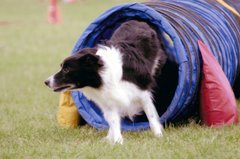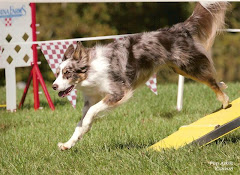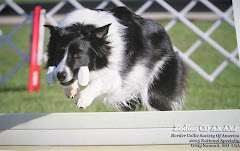Mushrooms
Mushroom toxicity is a relatively rare diagnosis in veterinary medicine, although this may in part be due to difficulty in recognizing cases and definitively diagnosing it. There are multiple types of mushrooms with toxic principles which cause a variety of clinical signs, none of which are uniquely diagnostic for mushrooms. Most cases are diagnosed or suspected based on witnessing the pet ingesting a mushroom or finding mushroom pieces in the vomitus. It can be very difficult to identify a mushroom based on a photo and identification is best done by a trained mycologist. If one is not available locally then the mushroom can be preserved in the following manner (taken from Western States Veterinary Conference Proceedings 2008, Patricia Talcott)
"Preservation of the sample is critical due to the high moisture content of mushrooms. Once picked, mushrooms decay quite rapidly, so identification should be performed quickly. If rapid identification is not possible, one can dry the mushroom (let sit at room temperature or place in the oven on a cookie sheet at low temps--100F). All specimens, whether fresh or dried, should be placed on a white sheet of paper, then wrapped in wax paper, and placed in an airtight plastic bag or paper bag with a dry paper towel for transport. Taking a picture of the mushroom prior to shipping can be extremely helpful. Information about the mushroom's location (e.g., lawn, garden, woods, mulch pile, etc.) should always accompany the specimen. Making a spore print prior to shipping is also helpful. To make one, cut off the mushroom's stalk close to the base. Place the cap, with the gills or pores facing down, on a piece of white paper (dark paper may be used if the gills are white). Then cover with a glass. Some mushrooms produce spore prints in a few hours, others take longer. Samples of vomitus and lavage washings for toxicology testing should be frozen."
The toxic mushrooms can be broken down into groups based on mechanism of action and clinical signs. I'm going to include some photos of the toxic species but please don't use these as a diagnostic tool. As I said, diagnosis can be very difficult in pictures as many mushrooms look alike; often it's the parts you can't see in the photo that help differentiate between safe and toxic.
Category A includes mushrooms in the genera Amanita, Lepiota, and Galerina. These account for the majority of fatalities and primarily affect the GI tract, liver and kidney. A single mushroom can be toxic to an average sized dog or cat. Clinical signs start with GI or abdominal symptoms for 6-12 hours and then these subside for up to three days At this time severe hepatic and renal dysfunction set in. Treatment is induction of vomiting, gastric lavage, activated charcoal, Penicillin, Silymarin and supportive care.
 |
| Amanita phalloides or "Death Cap" |
 |
| Galerina autumnalis |
Category C include species in the genera Amanita and Trichloroma. These cause a rapid onset of GI signs, ataxia (wobbliness), muscle spasms, and other neurologic signs including agitation, seizures, and drowsiness. Treatment includes decontamination and supportive care. Occasional fatalities are reported.
 |
| Trichloroma pardinum |
 |
| Gymnopilus junonius |
Category F include mushrooms in the genera Coprinus, Clitocybe, Boletus, Inocybe, Entoloma, Mycena, Omphalotus, and Amanita and are the muscarine containing species. Signs usually begin within two hours and include vomiting, diarrhea, salivation, tearing, increased urine production, hypotension, decreased heart rate, and dyspnea (difficulty breathing). Treatment is with a drug called Atropine which reverses some of the signs as well as I.V. fluids, oxygen and bronchodilators.
 |
| Omphalotus illdens |
It is also important to note that of the thousands of species of mushrooms present in the United States only 50-100 are toxic. So if you see mushrooms in your yard it's still not a bad idea to dispose of them, but don't necessarily panic!


.jpg)
.jpg)



.jpg)



4 comments:
Thanks for the mushroom information. Not sure if I know any mycologists, but maybe I can ask the nice people at the Cornell cooperative extension what type of species typically grows wild in this area. Then, I'd have an idea if they are dangerous or not.
Good to know that most mushrooms aren't dangerous.
As I walk the yard with the scoop in hand a couple times a day, I remove any mushrooms that have sprouted. It's better to be safe with a bunch of nosy Porties.
Now I am actually more afraid than before - we have lots of mushrooms in our yard - I have no idea what kind they are and could never get rid of them all. Thankfully I have never seen Ricky interested in eating one, but still...
A great post, I always worry about mushrooms esp after hearing a story from my friend who has had a dog that got very sick from eating mushrooms-
Post a Comment